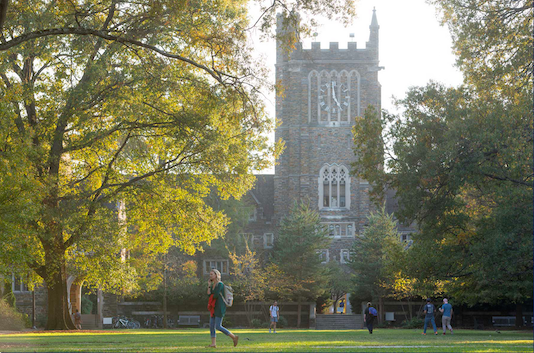DQC Seminar Series: Gate model quantum computing with atom arrays

Progress in quantum computing with neutral atom qubits has advanced rapidly with the development of large 2D arrays and high-fidelity entangling gates. We have used an array of Cs atom qubits to demonstrate a variational simulation of the
Lipkin-Meshkov-Glick model incorporating noise mitigation techniques. Some new ideas for advancing computational capability based on nonlocal quantum codes and techniques for speeding up qubit measurements will be presented, as well as progress towards photonic remote entanglement.
---
Mark Saffman is an experimental physicist working in the areas of atomic physics, quantum and nonlinear optics, and quantum information processing. His research team was the first to demonstrate a quantum CNOT gate for the deterministic entanglement of a pair of neutral atoms. This was done using dipole mediated interactions between highly excited Rydberg atoms. He is currently developing scalable arrays of neutral atoms for quantum computation, communication, and sensing applications.
He is the Johannes Rydberg Professor of Physics at the University of Wisconsin-Madison and has been recognized with an Alfred P. Sloan fellowship, a Vilas Associate Award, the WARF Innovation Award, and is a fellow of the American Physical Society, and Optica. He has been active in professional service including two decades as an Associate Editor at the Physical Review, and is the director of The Wisconsin Quantum Institute. He also serves as Chief Scientist for Quantum Information at Infleqtion, Inc.






